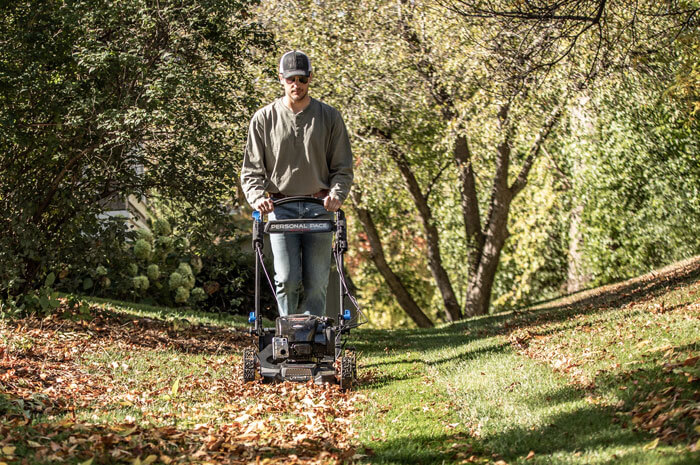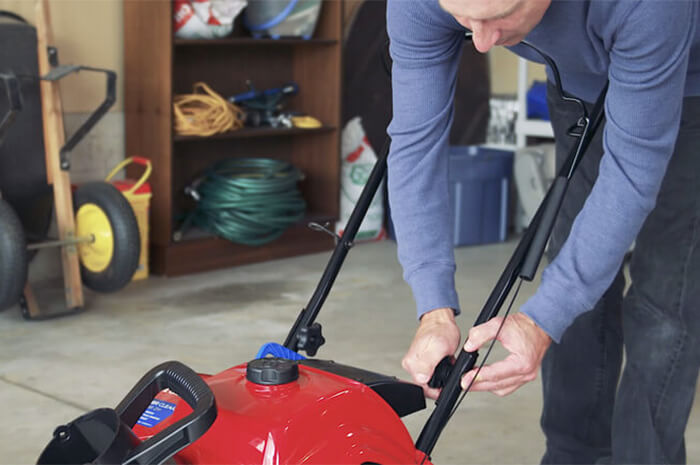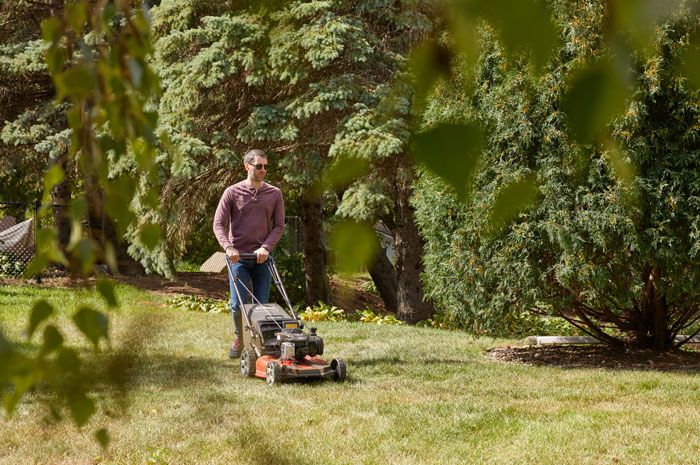
Like it or not, winter is coming! And somehow, it’s a lot more tolerable when you know that your yard is protected and in a position to bounce back to life next spring.
There are several things you can do this fall to winterize your yard, giving your lawn what it needs to make it through a long period of dormancy. Although grasses — especially cool-season varieties — have adapted to endure winter conditions, it’s always a good idea to lend a helping hand. Your extra effort and attention will pay dividends in the spring, ensuring your lawn comes back especially strong and healthy.
If you’re interested in learning how to winterize your yard, follow these simple steps:
Clean Up Fallen Leaves
The first step in winterizing your yard is to remove all of the fallen leaves on your property. A heavy layer of leaves can smother your grass, preventing new growth in the spring. Worse yet, a substantial leaf buildup can invite molds and diseases to form, causing significant damage to your lawn. That’s why it’s important to bag — or even mulch — fallen leaves around your yard, ensuring they don’t accumulate over the grass.
If you’re looking for a good way to get rid of leaves, try placing them in your gardens. A thin layer of leaves is unlikely to smother your plants, but it will enrich your soil with beneficial nutrients. Leaves even provide a little bit of insulation, helping plants survive frigid weather.
Remove Any Lingering Weeds
You’ve likely been battling weeds all summer, but if there are any remaining in your lawn, it’s time to get rid of them once and for all. Weeds compete for nutrients, which become especially precious as grass prepares for dormancy. You’ll also be fertilizing later in your winterization process, so it’s best to avoid nourishing any weeds.
Mow at a Medium Length
Once temperatures get low enough, your grass will stop growing. This presents an ideal time to set the height of the grass for its dormant stage.
It’s important to adjust the height of your blades before this final cut. Grass that’s trimmed down too low can become stressed, losing some of its valuable protection from cold temperatures. Grass that’s left too high, on the other hand, can facilitate mold growth.
To find the right height, you’ll want to raise your cutting blades by about half an inch, giving your grass a cut that’s only slightly longer than normal.
Aerate Cool-season Grasses
If you have cool season grass, fall is the ideal time for aeration. When you aerate your lawn, you loosen the soil, reducing compaction while allowing oxygen, water and nutrients to reach the roots more effectively. Aeration also pairs nicely with overseeding, which is a later step of winterizing your lawn.
For anyone with warm season grasses, this step can be skipped — as warm season grasses should be aerated in the spring.
Overseed Your Lawn
To ensure your grass comes back thick and full in the spring, it’s a great idea to overseed in the fall — especially if you’re able to aerate ahead of time. During fall, your soil retains a lot of its warmth from the summer, yet the air temperature isn’t nearly as harsh. This creates ideal conditions for your grass seed to germinate and take root.
Overseeding does require a bit of planning, however, as you’ll want to plant your seed at least 45 days before your area’s average first fall frost.
Fertilize One Last Time
Fertilizing is an important final step of winterizing your lawn — but only for cool season grasses. If you have warm season grass, don’t fertilize anytime after August, otherwise you’ll be at risk of disrupting the natural dormancy period.
For cool season grass, fertilizing late in the season doesn’t alter the dormancy, but instead delivers key nutrients to the roots — helping your grass survive even the harshest of winter conditions. There are even special fertilizers to help with this! Many areas with cooler climates sell winter fertilizer, which is specially formulated for dormant cool season grasses.
Another reason to fertilize? Putting down fertilizer also helps new grass emerging from the overseeding process, ensuring it takes root before winter arrives.
Start Winterizing!
Now that you know the steps required to winterize your lawn, you’re ready to start preparing for the cold months ahead. By completing these tasks before winter (you can even start in late summer), you’ll get a head start on your next growing season. Your future self will thank you!
Do you have more questions about lawn care? Check out Toro’s Help Center for information, how-to videos and more!



